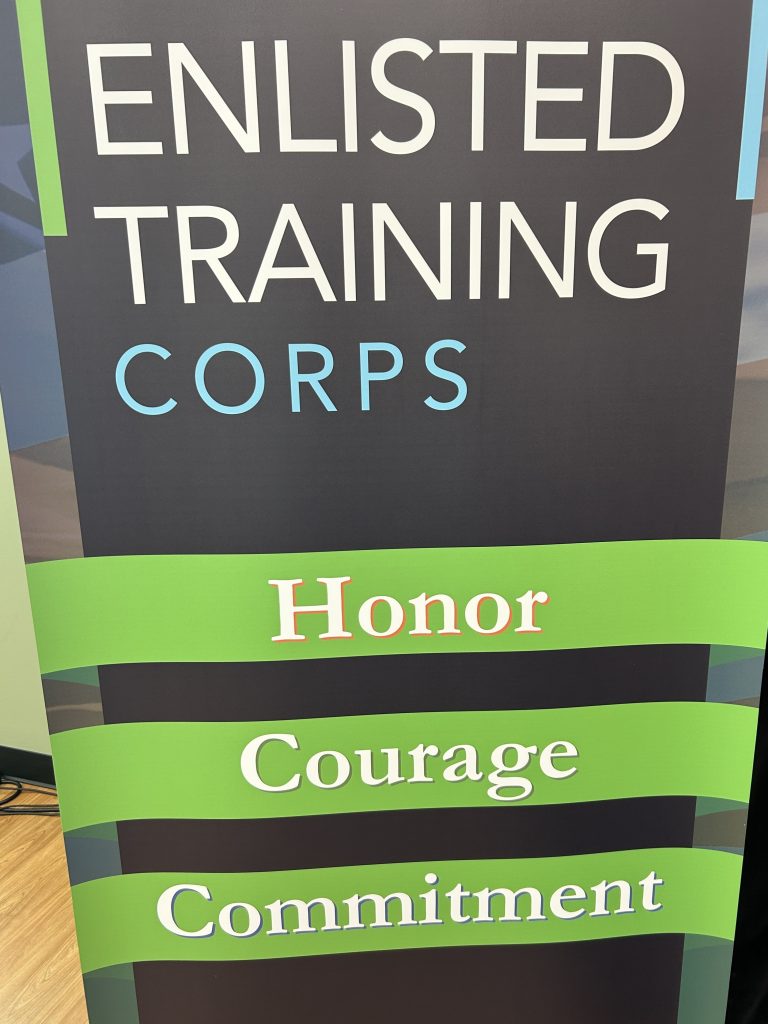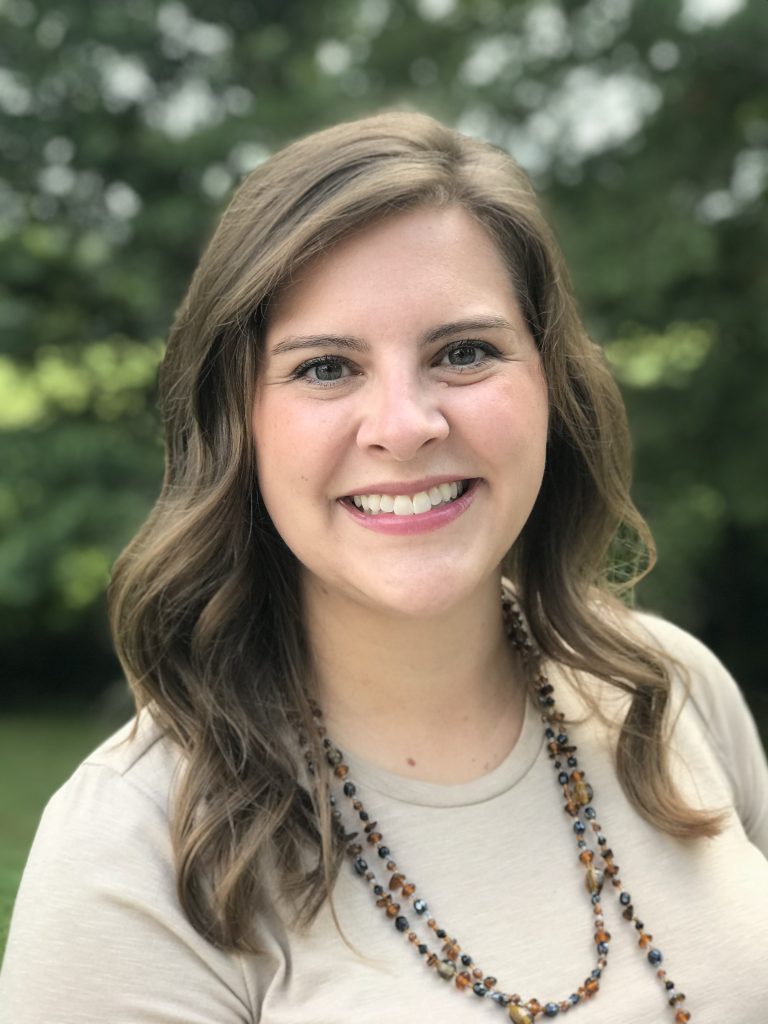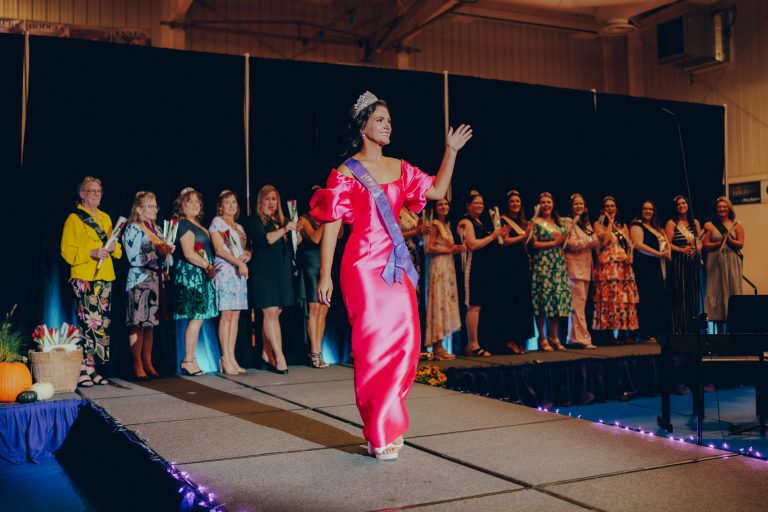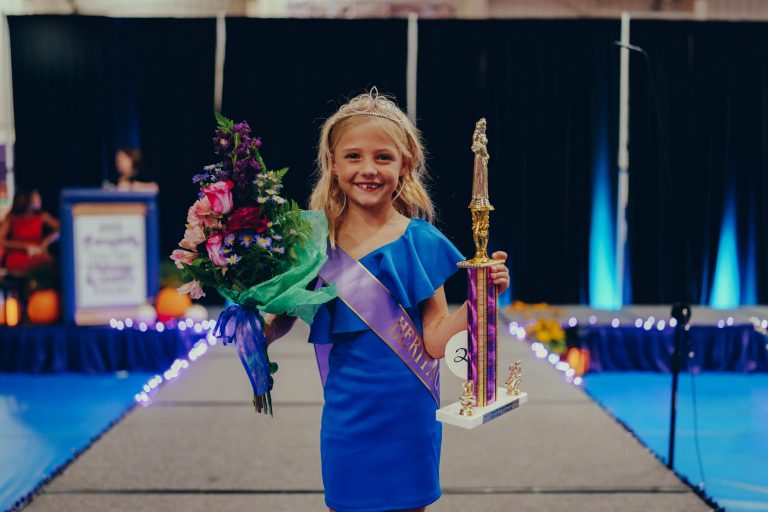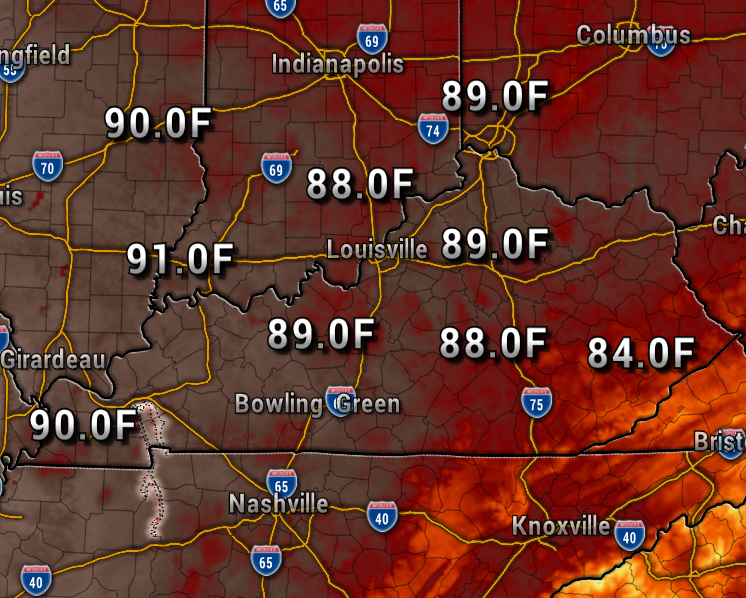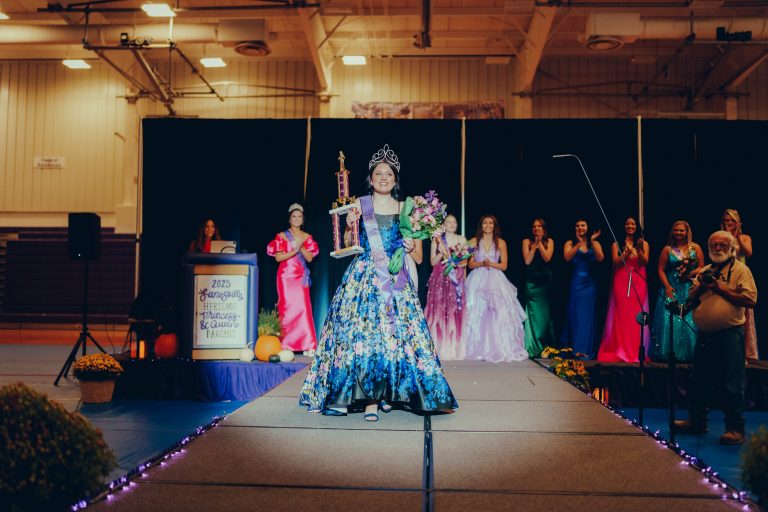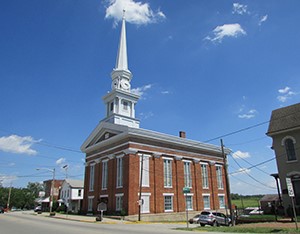
New Albany Underground Railroad Site Wins Restoration Prize
INDIANAPOLIS – Indiana Landmarks announced Second Baptist Church in New Albany as the winner of the 2018 Cook Cup for Outstanding Restoration. Indiana Landmarks, a private nonprofit organization that saves historic places, will present the award at its annual Rescue Party on April 28 in Indianapolis.
“Second Baptist Church matters to people far beyond its small congregation because of the building’s role in the Underground Railroad and the example it represents for us in the present,” said Marsh Davis, president of Indiana Landmarks. The restoration was a community-wide initiative spearheaded by the Friends of Town Clock Church, the name most people in New Albany use for the building at 300 East Main Street.
Indiana Landmarks has presented the Cook Cup since 2007, when it created the award to honor Bloomington’s Cook family for their restoration of the West Baden Springs Hotel. The Cook Cup recognizes the owner of a significant historic structure that has been transformed through a restoration that meets the highest standards in method, materials and design. The judges also take into consideration the importance of the structure, its condition at the outset, and the project’s community impact.
Five years ago, as Second Baptist prepared to celebrate a milestone anniversary, its 1852 building faced costly challenges—a leaking roof, broken clock, peeling paint, and disintegrating stained-glass windows. The landmark was nearing condemnation, a burden that consumed the small congregation.
“Right about when the situation looked darkest, Jerry Finn and Irv Stumler showed up in my office and offered to help us restore the church,” says Rev. LeRoy Marshall, the pastor. Finn, the executive director of the Horseshoe Foundation, and Stumler, an entrepreneur and philanthropist, joined others in creating the nonprofit Friends of Town Clock Church. Finn was the primary fundraiser and Stumler acted as the volunteer construction manager.
The group initially intended to fix the roof and clock tower and repaint the trim, according to Alice Miles, who chairs the friends group. “There was so much support for this project, in both money and in-kind donations, that we expanded the scope. We repaired the stained-glass windows, re-created the original main doors and exterior lanterns, ” she said.
Success and commitment inspired the Friends’ board to dream even bigger. They raised $175,000 to re-create the steeple, lost to a lightning strike in 1915. “No one thought we could do it,” says Finn. A grant from the city helped make the steeple re-creation possible.
“No one alive had seen that steeple. I never in a thousand years thought I’d see the steeple back, and I’m an optimist,” notes Floyd County Historian and City Council Member David Barksdale. Padgett Construction donated the cranes and the labor to reinforce the tower and roof with steel to meet the building and seismic codes the steeple required.
Contributions ranged from $5 to $96,000, along with in-kind donations of labor and materials. The clock tells the time and the bell chimes the hour for the first time in four decades.
Second Presbyterian Church, an integrated but predominantly white congregation, built the church from 1849 to 1852. The evangelical congregation was moved by Christian benevolence to minister to African Americans who lived in the city as well as those escaping slavery in the south. Helping slaves escape to freedom was a dangerous business. While Indiana was a free state, in New Albany the city’s major industries depended on trade with the south and pro-slavery forces dominated, according to Underground Railroad historian Pam Peters.
“The church’s 150-foot steeple, visible across the Ohio River in Louisville, acted as a beacon to African Americans fleeing bondage, steering them to a place where they could get medical care and assistance in traveling farther north to safety,” notes Peters, a New Albany resident. In 2017, the church’s designation as a national Network to Freedom site confirmed its role in the Underground Railroad.
The Presbyterians sold the building in 1889 to Second Baptist Church, an African American congregation well aware of the building’s history as a haven. Although the lightning strike destroyed the steeple, it left the clock, which led people to call it the Town Clock Church. The name suggests the sense of community ownership and attachment to the site.
People spent all day camped out to watch when the steeple was hoisted in place in 2016, with many teary-eyed at the meaning and scale of the accomplishment. From many vantage points, including coming across the Sherman Minton Bridge from Kentucky—the steeple stands out. “The brass ball at the top glows like the halo on an angel. It shows there is a God,” says Church Treasurer Monica Sutton.
Although exterior restoration was the initial goal, the Friends of Town Clock Church expanded the scope again when they moved inside, repairing plaster, recapturing the original interior paint scheme and stenciling, restoring the original gasoliers, and refurbishing the lower-level fellowship hall where the congregation worships on most Sundays to conserve energy.
The congregation opens the sanctuary for community events, tours, and special seasonal services. Every third grader in Floyd County schools comes to tour the church and hear about the Underground Railroad. “Churches can get insular, and the restoration has opened Second Baptist up and made us more inclusive and community-minded,” says Rev. Marshall. “Our own congregation has given more, and taken more ownership. The restoration infused us—the church and the community—with enthusiasm. It’s a beautiful thing to see.”
“You can do more ministry when you’re not worried sick about how to patch the roof. Through Indiana Landmarks’ Sacred Places program, Second Baptist is in touch with other churches who share similar ambitions, and we’re getting invaluable training in fundraising and community engagement. We’re formulating a five-year plan—spiritual, financial, programmatic—and it includes construction of a terraced Underground Railroad Garden in our back yard with a gazebo fashioned from the roof of the old clock tower. It’s another place we can engage the community,” Rev. Marshall adds.
Five years ago, there was so much work to do, and complete restoration seemed out of the question. But the Friends of Town Clock Church raised $725,000 to date for the restoration, as well as the creation of a maintenance endowment housed at the community foundation.
People contributed because the place provides a daily visual reminder of the right way to behave when confronted by injustice and pain, even when helping might be dangerous. “Looking to the future when we may need to take a stand, the Town Clock Church is a living lesson for our community,” says Finn.
###
Media contacts:
Tina Connor, Indiana Landmarks Executive Vice President, 317-822-7903, cell 317-946-3127 tconnor@indianalandmarks.org
Jen Thomas, jen@jtprinc.com, 317-441-2487
Rev. LeRoy Marshall, Pastor, Second Baptist Church, 502-428-7517, marshalll9@twc.com
Jerry Finn, Executive Director, Horseshoe Foundation, 812-948-6014, jfinn@horseshoefoundation.org
###
Indiana Landmarks revitalizes communities, reconnects us to our heritage, and saves meaningful places. With nine offices located throughout the state, Indiana Landmarks helps people rescue endangered landmarks and restore historic neighborhoods and downtowns. People who join Indiana Landmarks receive its bimonthly magazine, Indiana Preservation. For more information on the not-for-profit organization, call 317-639-4534, 800-450-4534, or visit www.indianalandmarks.org.
Jerry









